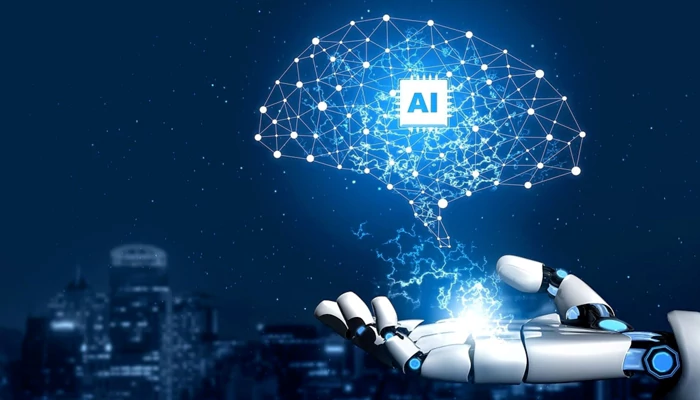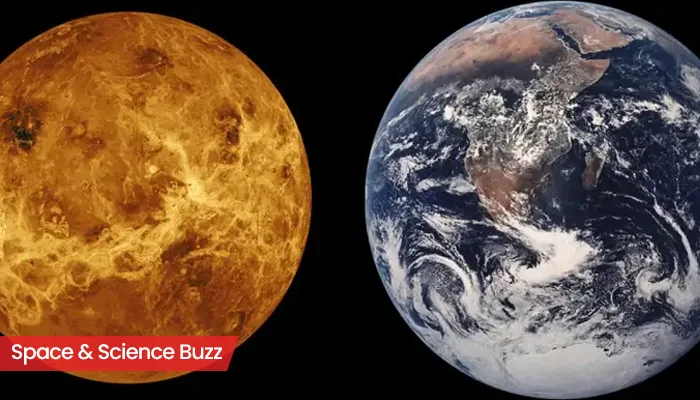
Where Science Fiction Ends, 2026 Begins.
As 2026 approaches, artificial intelligence is no longer a distant promise, it’s the engine powering the next global leap. From healthcare to entertainment, from classrooms to boardrooms, AI breakthroughs are reshaping how we live, work, create, and even dream. The next wave of innovation isn’t just about faster processing or smarter machines; it’s about a deeper integration of AI into everyday decisions, experiences, and emotions.
Here are the five most transformative AI innovations that are set to redefine 2026 — quietly shifting the world beneath our feet, one algorithm at a time.
Emotionally Intelligent AI Assistants
By 2026, AI assistants will move far beyond responding to commands. Using advanced sentiment analysis, vocal cues, and contextual understanding, next-gen assistants will recognise stress, fatigue, excitement, and intention in real time.
These emotionally intelligent AIs will transform mental health support, customer service, and personal productivity. Imagine an assistant that adjusts your schedule when it senses burnout, rewrites your emails when you sound frustrated, or gives calming suggestions during tense moments.
This isn’t sci-fi anymore, it’s the everyday AI of 2026.

Autonomous Creative Engines
Creativity was once thought to be mankind’s last frontier. But 2026 will witness a boom in AI-generated films, background scores, advertisements, and digital art, co-crafted with human creators.
Writers will use AI for plot prompts, musicians will blend machine compositions with live instruments, and filmmakers will use AI-powered pre-visualisation for immersive world-building.
This democratization of creativity means a college student, a small business, or a solo creator can produce studio-level work with AI as their creative co-pilot.
AI-Driven Hyperpersonal Healthcare
2026 will be the year healthcare goes personal, truly personal. With AI-powered health models, individuals will receive real-time insights based on their lifestyle, vitals, stress markers, and medical history.
Imagine waking up to a daily health dashboard that predicts migraine triggers, warns about dehydration before symptoms start, or adjusts your fitness plan based on your sleep pattern.
AI will also enable faster disease detection, virtual diagnostics, and predictive treatment options becoming a silent but powerful partner in everyday well-being.
Self-Learning Autonomous Work Systems
Automation isn’t new, but self-learning automation is.
By 2026, AI models will no longer wait for human instructions. They’ll refine their own workflows, detect inefficiencies, and optimise tasks without being told.
Industries like logistics, finance, manufacturing, and retail will experience hyper-efficient operations, with AI predicting bottlenecks, reallocating resources, and improving accuracy autonomously.
For companies, this means faster performance, lower costs, and smarter decision-making.
For employees, it means upskilling and shifting into more strategic, creative roles.

AI-Powered Education Ecosystems
Education in 2026 will be driven by adaptive AI tutors capable of understanding each student’s learning speed, strengths, and weak spots.
These intelligent systems will customise study plans, track progress in real time, and use real-world simulations to teach complex concepts.
A student struggling with mathematics might receive personalised problem sets, step-by-step explanations, and visual learning aids generated by AI on demand.
This innovation will revolutionise competitive exam preparation, vocational training, and professional upskilling, especially in developing economies like India.
Conclusion: The Dawn of a Smarter Tomorrow
As we move toward 2026, one thing is clear: AI isn’t just an upgrade to technology; it’s an upgrade to human potential. These five innovations signal a world where intelligence is shared, creativity is amplified, and everyday life becomes seamless, efficient, and deeply personalised.
The future is not waiting for us. It’s already learning and evolving with every passing second.

.webp)
.WEBP)
.WEBP)
.webp)
.webp)


.webp)
.webp)
.webp)

